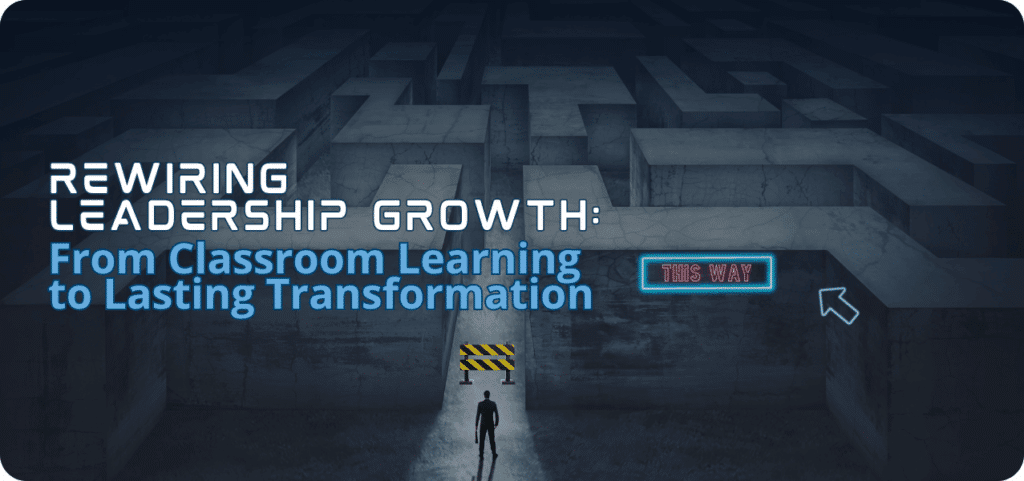Your Brain Likes to Learn… With Feeling!
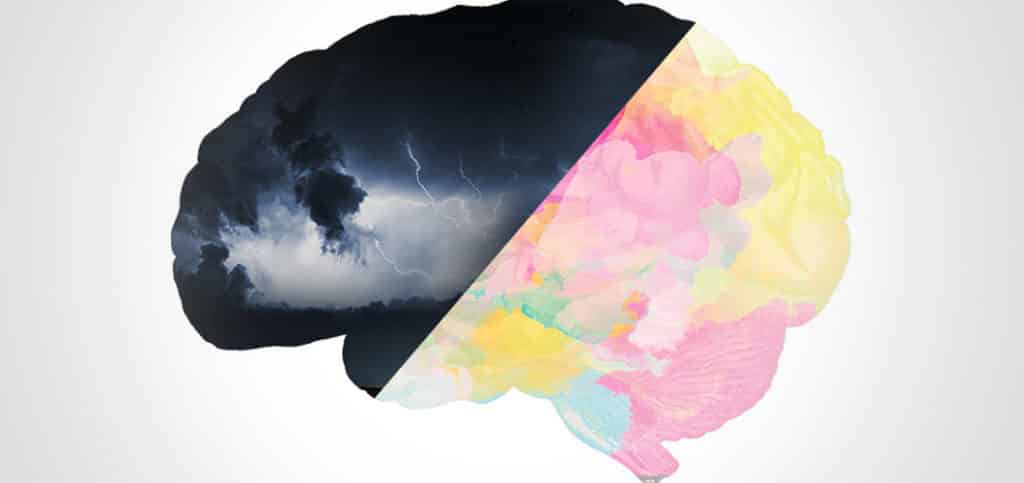
Our emotions are inseparable from our capacity to learn and develop. Therefore, we decided to look at the neurological cross between learning processes and how we feel.
In our first Podcast Episode “The Brain, cradle of the learning processes”, neuroscientist Marie Lacroix explains how our brain learns, creates, keeps and retrieves memories. We can actively support our brain to be better learners by using tools like spacial learning.
Apart from learning how our brain creates memory, we talked about the impact of emotions. Unsurprisingly, there is a clear correlation between our emotional state and our ability to learn, but only in recent years have scientists started to understand how immediate and strong the two work in unison.
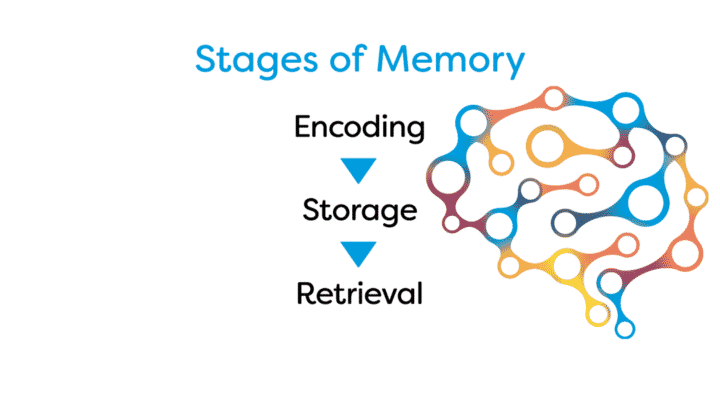
A very rudimentary representation of the memory process distinguishes between:
- Encoding — when incoming information is converted from a sensory experience into how our brain stores it,
- Storage — first in the short-term memory (the last 0–30 seconds) and then in the long-term-memory (up to a lifetime), and
- Retrieval — which is the process of producing and recalling your memories.
“In simple terms, what we experience now will go into our short term memory and then needs to be converted into long term memory through consolidation — or repetition”, says Marie. “Through repetition, certain connections in our network of millions of neurons will be reinforced.”
Most of the work consolidating information from short-term memory to long-term memory happens in the hippocampus. And right next to the hippocampus sits the amygdala, the part of our brain regulating our emotional state.
Studies in psychology and neuroscience proposed that cognition and emotion processes are operated at two separate but interacting systems: The hippocampus is emotionally neutral, home to cognitive functions and cognitive controls, while the amygdala is responsible for emotional processing and responses.
More recent studies have shown that cognitive and emotional neural systems are much closer connected and intertwined than expected. In fact emotions have an immediate impact on the formation of long-term learning and memory. Meaning when your emotional state is right, you will be better at retaining information.
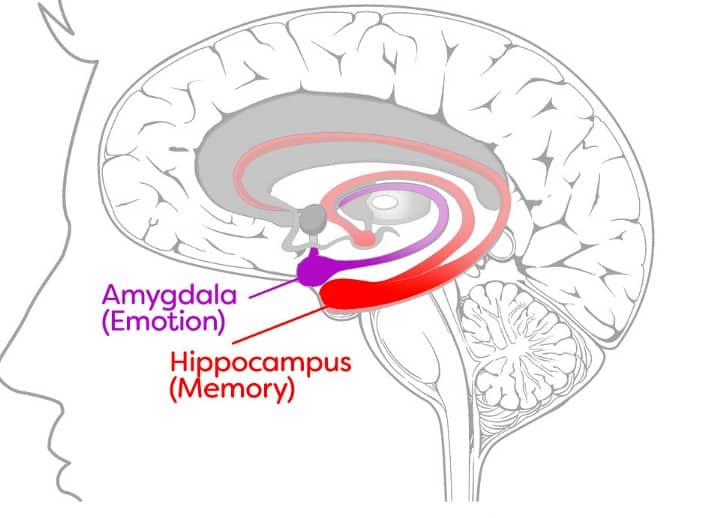
“Strong emotions trigger the consolidation process that helps memory stick”, explains Marie. “For example, we all know where we were when 9/11 happened. The emotions we felt helped us to create memories in much more detail. Emotional responses help us to create memories that are retrievable much easier.”
The hippocampus always includes an emotional context by encoding information coming from the amygdala together with the purely cognitive facts.
Find the Fun
“A relaxed state is probably the best way to learn”, says Marie, “especially when you have a lot of information to encode.”
Relaxed doesn’t mean that your brain needs less effort. The opposite is true: “Fun is a memory booster, but not because it makes it easier, but because when you’re having fun you will automatically put a little bit more effort in.”
Neuroimaging and neurochemical research with children has long confirmed that when the fun stops, learning often stops too.
The Good, The Bad, and The Ugly Stress
The logic of more effort more return is true for stress too. If you are very stressed in the moment in which new information comes in, your learning ability can temporarily soar. “However,” warns Marie Lacroix, “we know stress impacts the memory process on all levels; creating, consolidating and retrieving memories is much harder. For example, if your stress levels were high before learning new information, your ability to encode this information properly is negatively impacted. Likewise, too much stress during consolidation will erase the learning.”
We all have memories when stress made us struggle to retrieve information too. Remembering a speech, your next argument in a presentation or even just a name can become near impossible to remember in a stressful situation.
Make Friends With Your Amygdala
So what about the amygdala, our emotional regulator, contributes to learning? The emotional part of learning provides us with the attention, engagement, and motivation needed to learn. Stress and anxiety can, as mentioned before, have a positive or negative effect too.
The detailed characteristics of this system are less well understood than the cognitive and behavioral skills learning systems, but emotional learning, when combined with context-rich experiences, builds a rich repertoire of interpersonal understanding and behavior. It may even be summaries as the ability to the right thing in every situation.
As sophisticated as this sounds, the amygdala runs on an ancient program: fight or flight. When we feel threatened or afraid, the amygdala will signal the release of stress hormones that prepare your body to fight or run away.
Today, those threads are mostly psychological. Even so, our reaction to perceived danger will “hijack” our amygdala, and we become irrational.
Taking back control in those situations and regulating the amygdala can be trained. There are two equally important approaches: the cognitive approach is to reason and reflect on the situation in order to find a rational way to respond. The first step is to acknowledge and be aware of one’s emotions and to identify it as an automatic response.
The other approach is practicing to relax your body and mind through breathing, meditation or mindfulness. In this article, we explained how neuroplasticity makes the case for mindfulness as a growth-hacking tool.
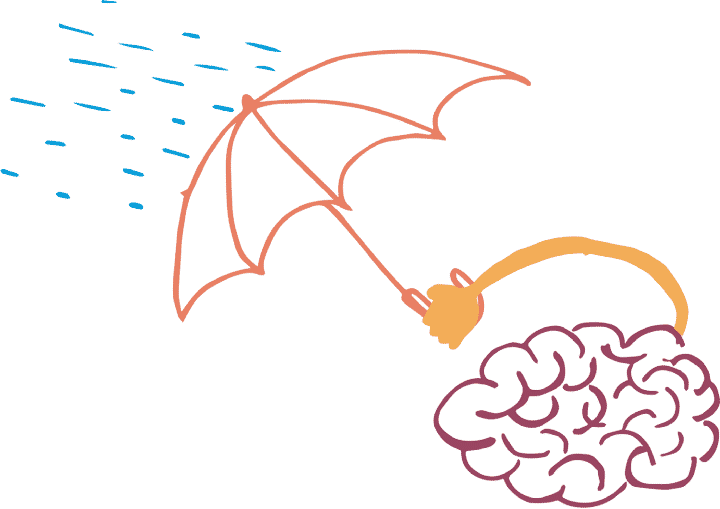
For professionals in L&D and organizational learning, strategies backed by neuroscience have become ever more prominent, and our WDHB Lab is constantly gathering new research in this field.
A lot of the findings play into our human-centric approach to experiential learning , where every part of the brain gets activated. Our partnership with scientists like Marie Lacroix is an important cornerstone to how we innovate our offering and we rarely have programs that don’t touch on these findings in some shape or form — they are invaluable insights for organizations and individuals to reach their goals.
Although we’ve done our best, as usual, there is a limit to the number of positive emotions this article will have been able to evoke.
This is why we love what we do — to learn — where we do it — outside the office.
With feeling.
Author
Subscribe to get Access to Exclusive Content




